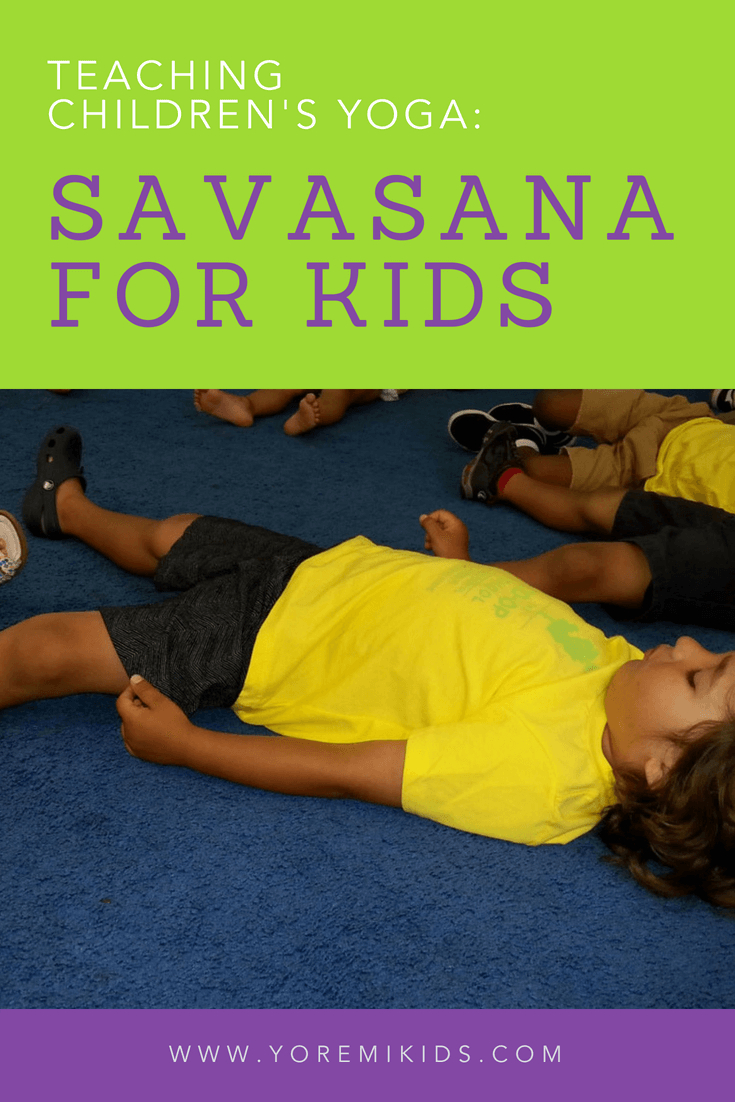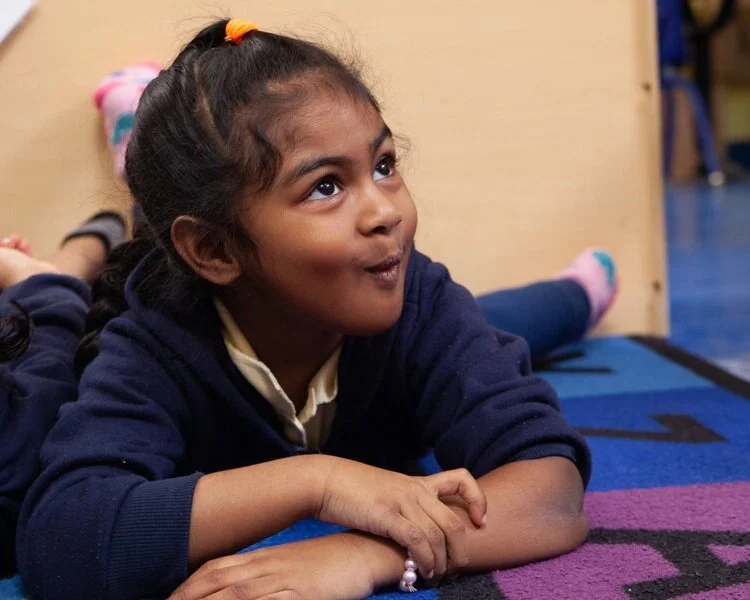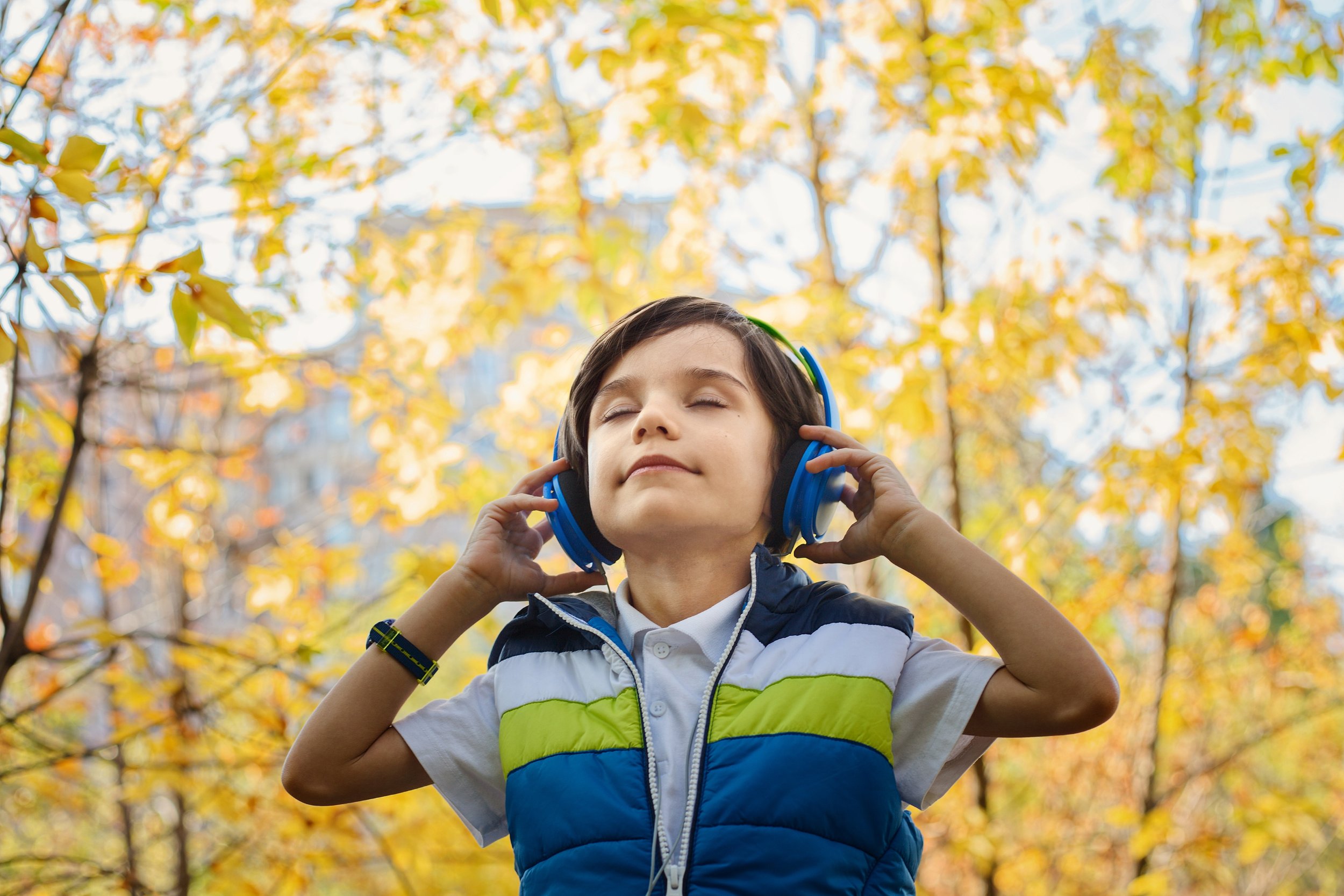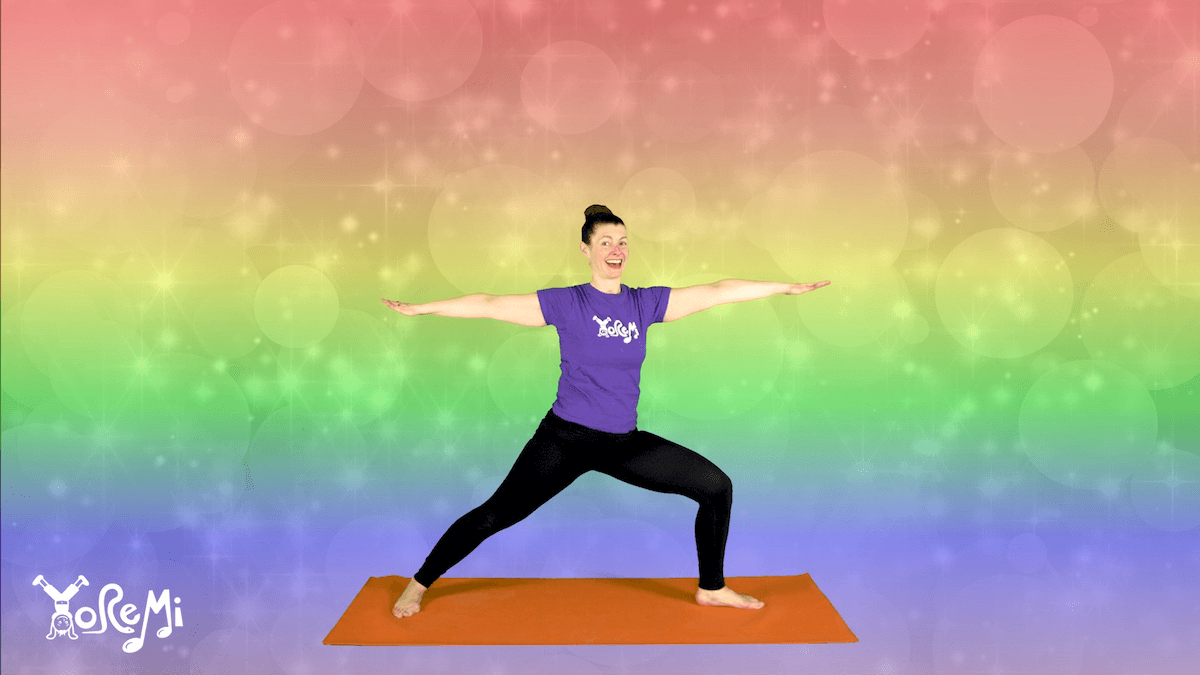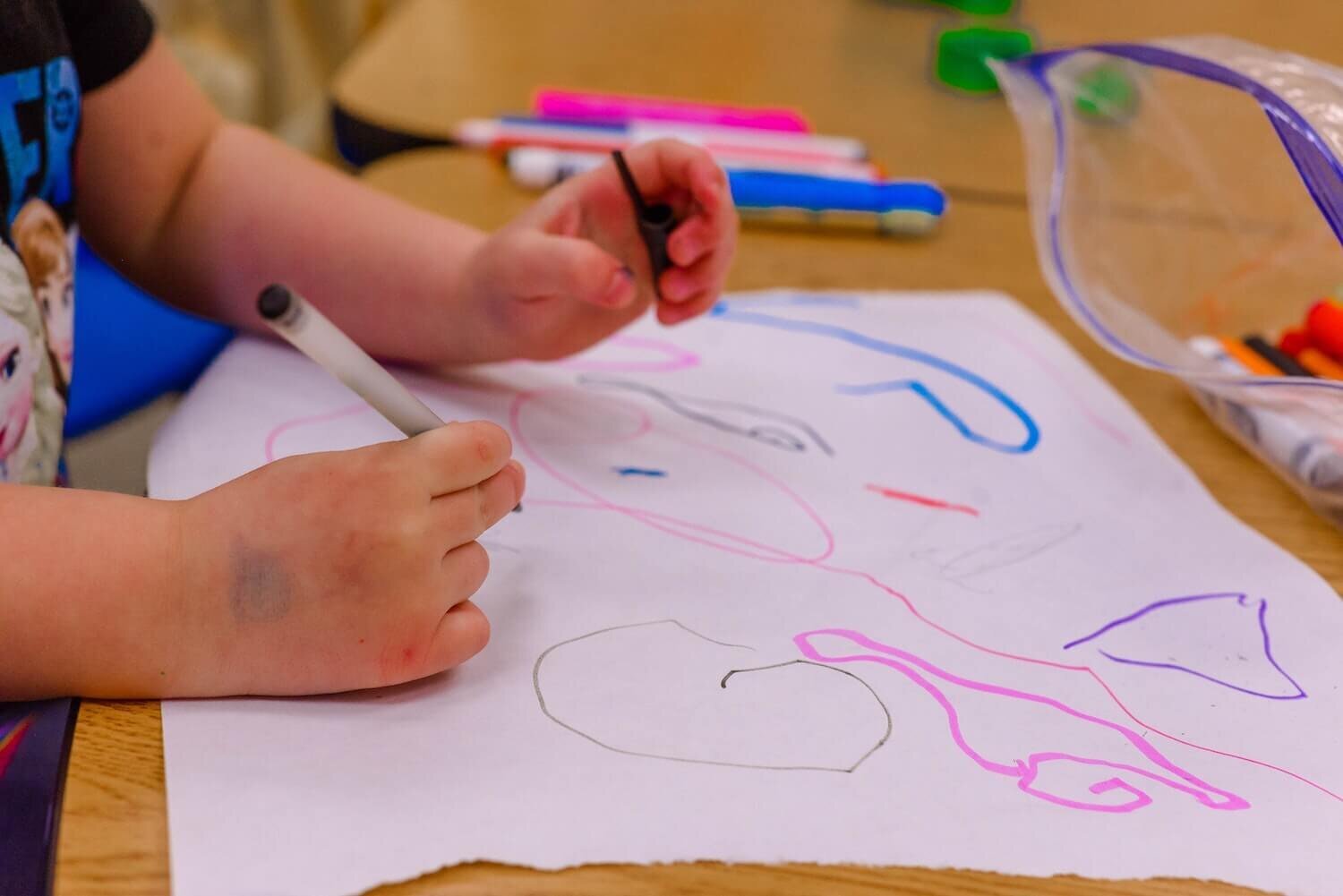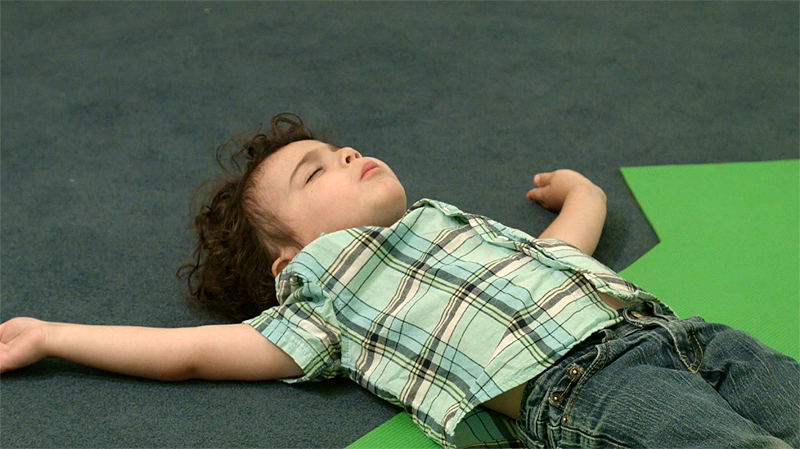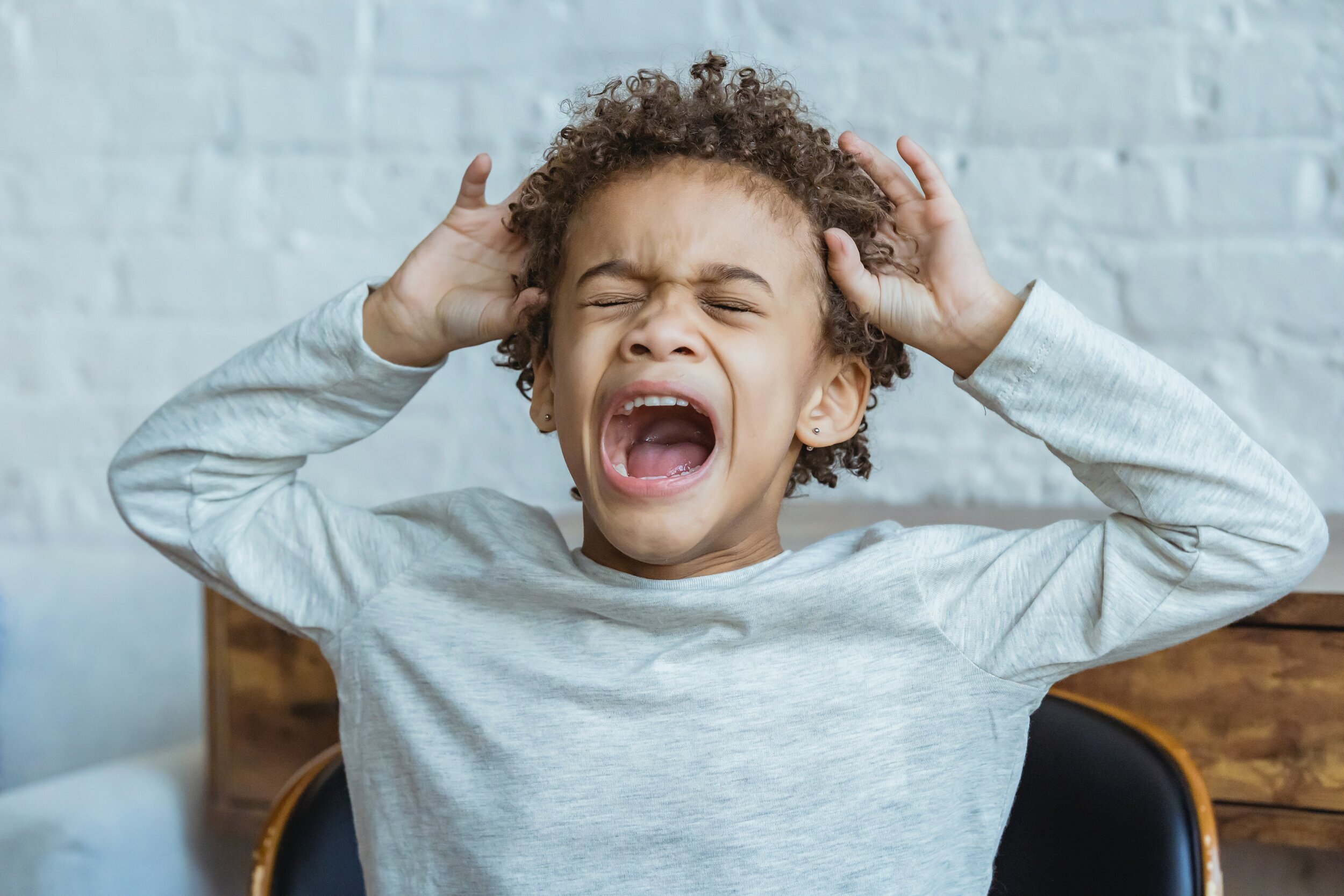How to Guide Kids into Relaxation with Savasana
Feeling sluggish and run-down?
Have you just finished an intense physical practice and need some recovery?
Are you seeking mental clarity and peace?
Rest in Relaxation
Relaxation, also known as Savasana in traditional yoga, is one of the most challenging and powerful poses. Being still is not as easy as we might think and this pose takes a lot of practice. Even if this pose is a struggle at the beginning, we can still receive tons of benefits including a calm mind, stress relief, physical relaxation and reduction in headaches, fatigue and insomnia.
But we all know how to relax, right? Not necessarily...while relaxation is both a normal and necessary physical state, overstimulation and stress often prevent us from truly relaxing. When we start practicing relaxation, our minds may actually seem to get louder as we remove all other distractions. Read our blog Calming to Quiet for more tips on how to settle in if being still seems like an impossible goal.
How To: Relaxation Pose
Lie down on your back comfortably (below are some variations if this is not a relaxing position for you).
Allow your legs to separate and your feet to fall open gently.
Rest arms alongside your body with your palms facing up.
Gently close your eyes.
Relax and allow your whole body to sink into the support of the floor below you.
Relax the jaw, tongue, eyes, brow and mind. Stay for at least 5 minutes, 10-20 is even better.
If you are teaching relaxation pose, you may play soft ambient music, nature sounds or a chime to create a relaxing atmosphere.
Tips for Mastering Relaxation Pose:
When your mind wanders, and it most certainly will, try to bring it back to the present gently without judgement.
You may initially focus your mind on your breathing but eventually allow your breathing to simply happen.
Notice all the places your body is making contact with the floor and allow them to feel heavy.
Bring your attention progressively inward, moving from outer physical sensations to breathing to your mind and eventually, beyond all of that, to bliss and peace.
Your relaxation pose should be as physically comfortable as possible. While this is typically not an issue for young children, older kids with back pain, hip or hamstring tightness, or a history of trauma may not feel comfortable or safe lying on their back.
Variations for Relaxation:
If you have discomfort in your low back when laying down, you may bend your knees, plant your feet wider than your hips and allow your knees to rest together. If you have props, you could put blocks or a bolster under your knees to extend the legs comfortably.
Side-lying with the top leg bent to rest on a bolster may also feel good for people with back pain or for anyone that feels uncomfortable in a prone position.
When we practice relaxation often, we become more adept at switching on our body's relaxation response, even in stressful moments. This response activates our parasympathetic nervous system, greatly reducing the amount of cortisol in our system and creating feelings of overall well-being.
And this magic works for children and grown-ups. So the next time your toddler is having a meltdown because you cut their sandwich into squares instead of triangles, or you are stuck on an over-crowded train stalled between platforms, you and your child can help each other remember those feelings of relaxation and peace you carry with you wherever you are.
Share this post
Help others receive the benefits of relaxation.



